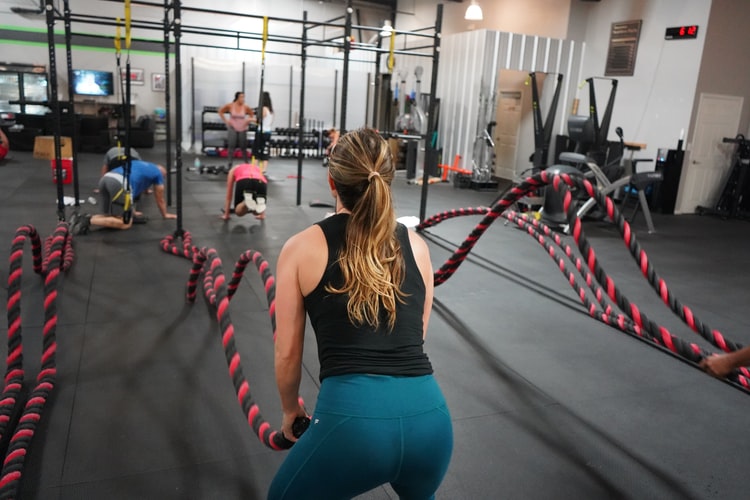
22 Nov Staying Active This Winter for Your Health: Mind & Body
If you’re like me, this time of year can be bittersweet or downright difficult. The Holidays bring anticipation and joy, but also unrealized expectations and disappointment. The combination of waning sunlight and the onset of cold weather can trigger Seasonal Affective Disorder, which combined with any existing tendency towards depression or anxiety can take the wind out of our sails. Less exercise, more eating, and busier schedules conspire to steal our joy. Fortunately, a recent study suggests that we can push back at the malaise which envelopes us, perhaps most acutely from November to February, and for some all year. The answer? Exercise. 
I don’t know about you, but when I both leave for work and return in the dark, I am generally uninspired to do anything but change into my lounging clothes and sit in a dark room in front of the TV. And eat. And sometimes drink. Unfortunately, slothing is to depression what gasoline is to a fire…and the resultant weight gain, sluggishness, and sinking feeling of anxiety and depression are the results. If we were objective, we would understand this. Others can likely look at us and predict that this would be the outcome. However, the only person who can change the equation is you.
In their article in the journal Depression and Anxiety, published November 5, 2019, Choi and others found that physical activity showed a protective effect for reducing incidents of depression, even when adjusting for BMI, employment status, education, and prior incidents of depression. In addition, higher levels of physical activity were associated with decreased incidents of depression even with those who had the highest risk for depression. They concluded Real‐world data from a large healthcare system suggest that individuals with high genetic vulnerability [for depression] are more likely to avoid incident episodes of depression if they are physically active.
Now, before we say hey, this is easy, let’s agree that depression has many underlying causes, and that there are serious if not dire consequences for some. Exercise, while beneficial, has not been shown to take the place of other prescribed interventions for depression. However, what we can say is that exercise is a high-benefit, low-risk addition to any other current treatment for depression, whether seasonal or genetically mediated.
So, how do you get yourself from the couch into a sustainable workout routine? Here are my suggestions:
- Ease into it, because nothing steals your mojo like significant soreness and regret!
- Make it convenient, near home or work
- Make it routine, daily if possible
- Make it fun, you are more likely to leave the couch for it
- Make it mandatory, withhold food if necessary
- Get outside, the sunshine is therapy in itself
- Include friends or family, accountability helps
- Join a group, enjoy the vibe of shared suffering
- Plug in, nothing helps pass the time like Netflix or a Podcast
- Don’t judge yourself, give it at least a month to work some magic
As we struggle, I think that it is important to remember that others are struggling with us, often in silence. I hope that by sharing this information, you or perhaps one of your friends or family can gain the upper hand with symptoms of depression, depressed mood, or seasonal affective disorder. Exercise isn’t the only thing we need, but it surely is one of the things that we can control.
So, as you commit yourself to being physically active, I hope to see you at the gym, the studio, the box, on the trail, on the road, or hear that you are working hard in your basement. And, if any affliction, pain, or limitation of mobility is keeping you from using exercise as a powerful tool in controlling your symptoms, call any of our three Northside locations, where a team of kind, skilled physical therapists are eager to help you in your journey.
Peace,
Brian




